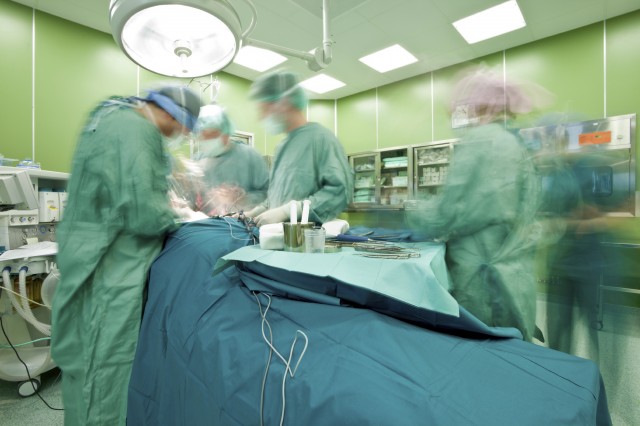"Location, location, location" may be a well-known maxim in real estate, but it applies in health care, too. Where you live matters in terms of what treatment you will receive for a given condition.
A new statewide survey published Tuesday found significant variation in the rate of 13 common elective procedures for several health conditions -- including heart disease, childbirth and arthritis of the hip or knee. Treatments for these conditions are considered "elective" because deciding which treatment is best (or deciding on no treatment at all) can depend on someone's preference.
It would be ideal if the patient was fully informed of all treatment options and made a decision based on his or her own preferences. But often it's the doctor's preferences that drive the decision.
The California Healthcare Foundation has been tracking this variation in its ongoing "All Over the Map" initiative. It previously published data about variation for these elective conditions from 2005 through 2008. This update looks at 2009 through 2012.
Some highlights from the survey, which looked at changes in the rates of procedures between the two time periods studied:
- In Deer Park (Napa County), the rate of knee replacement surgery increased by 62 percent. People there are twice as likely to have knee replacement as people in Hawthorne (Los Angeles County).
- For women having babies in Paramount (L.A. County), the rate of cesarean section increased 25 percent, and women there were more than twice as likely to deliver by C-section as women in Grass Valley, where the C-section rate dropped by 24 percent.
- In Fresno, people are more than twice as likely to have angiography, compared with the statewide average.
You can use the interactive map to look up rates for these procedures where you live. You might find pleasant surprises. Health advocates have been working to reduce rates of C-section. Woodland, Sonoma, Grass Valley and Davis are all Northern California cities with C-section rates well below the statewide average.

